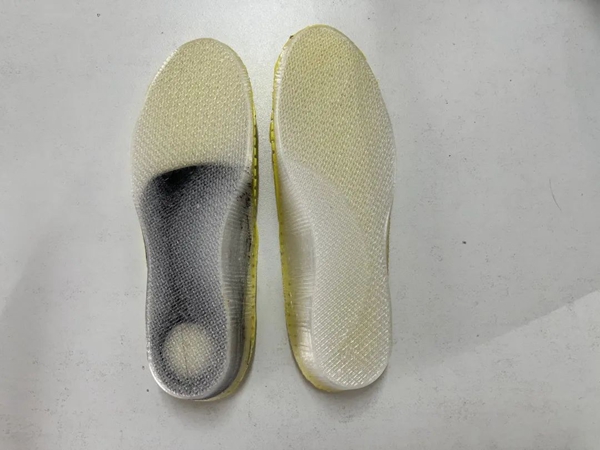"The foot carries the weight of the whole body when standing and its main biomechanical functions are cushioning and shock absorption, maintaining stability and generating propulsion, which are reflected in activities such as walking, running and jumping. Problems with the feet can also affect our health and cause great inconvenience to our work and life.
The human foot is made up of a combination of bones, muscles, tendons, joints and ligaments, with the bones, ligaments and muscles working together to form the arch of the foot. The complex structure of the foot allows it to adapt to various terrains when walking, to propel the body more effectively and to absorb the impact of the ground on the foot. The arch of the foot is flexible and changes in response to changes in posture, playing an important role in the function of the human foot. When there are structural problems or pain in the foot, abnormalities in gait and arch conditions can occur which can cause damage to other joints or tissues and lead to other foot problems. For example, flat feet with low arches and high arches with high arches.
I. Arch examination methods
1. Shoe print inspection method
By observing the wear on the sole of the shoe, you can determine the height of the arch. Generally speaking, wear on the outside of the heel is normal, wear on the inside of the sole and the forefoot area is a sign of flat feet, and serious wear on the outside of the sole is a sign of high arch feet.
2. Footprint method
If the forefoot and hindfoot are disconnected, it is generally regarded as a high arch; if the impressions do not exceed the mid-toe line on the sole of the foot, it is regarded as a normal foot; if they exceed the mid-toe line and the width of the midfoot and hindfoot is almost the same, it can be regarded as a flat foot problem. As shown above, from left to right: normal group, mild flatfoot, moderate flatfoot and severe flatfoot.
The diagnosis can also be checked and analysed through foot x-rays and plantar pressure tests in hospitals or specialist institutions.
Flat feet
Flatfoot is a deformity in which the arch of the foot is low or missing, the affected foot is turned out, and the arch collapses when standing or walking, causing pain in the foot. According to the formation characteristics of flat feet are divided into flexible flat feet and rigid flat feet. Flexible flat feet are those where the arches collapse or disappear when the feet are standing and weight-bearing, while the arches are normal in height when the feet are sitting and not weight-bearing. This type of flat foot is mainly due to thick fat on the bottom of the foot and weak muscles and tendons, and is more common in infancy and early childhood. This type of flat foot is mainly due to the deformity of the metatarsal bones, navicular bones and cuneiform bones that form the arch of the foot and their mutual position, especially the tarsal joint.
1, the harm of flat feet
The most obvious negative impact of flat feet is the unpleasant walking posture. The image problems, such as bunions, rearfoot valgus and X-shaped legs, are apparently the least harmful, but from the perspective of sports biomechanics, poor walking posture not only affects aesthetics but can also lead to various chronic diseases. For example, if you stand, walk, run or jump for a long time, you are prone to leg, knee, waist and back pain, plantar fasciitis, Achilles tendonitis, knee tendonitis, hip tendonitis and other inflammatory conditions.
2. Flatfoot treatment methods
At present, the main treatments for flat feet are exercise therapy, surgery and orthopaedic insoles. For patients with moderate to mild flat feet, physical exercise is an active treatment method. Orthotic insoles are currently the most common clinical treatment for flat feet. 93% of children with flexible flat feet can have their arches develop normally through non-surgical treatment.

The 3D printed orthopaedic insoles are designed through 3D scanning and 3D printing technology, combining the computerised design of the form of human movement and the principles of kinesiology. Through biomechanical changes to the forefoot, midfoot and hindfoot, the plantar pressure is redistributed, the lower limb force lines are corrected and the arch height is restored for the purpose of prevention and treatment.

